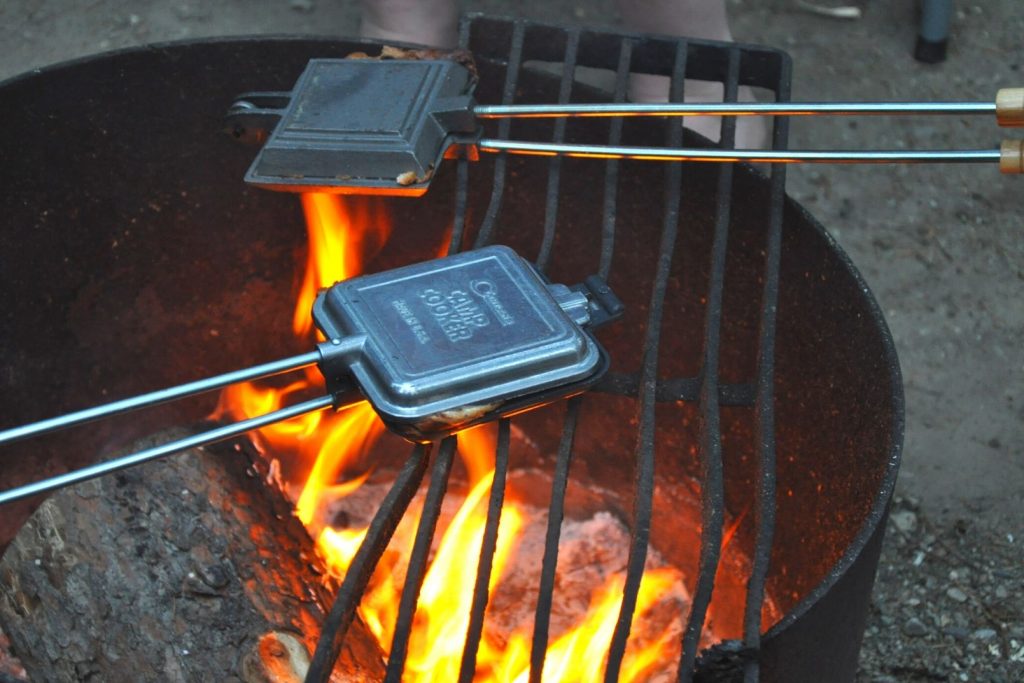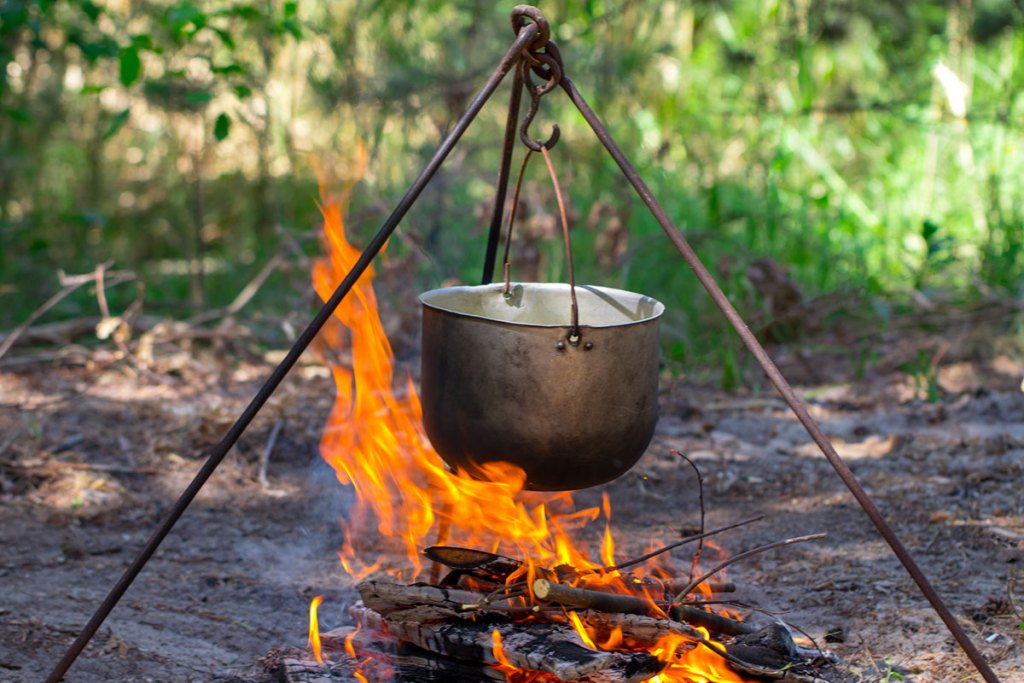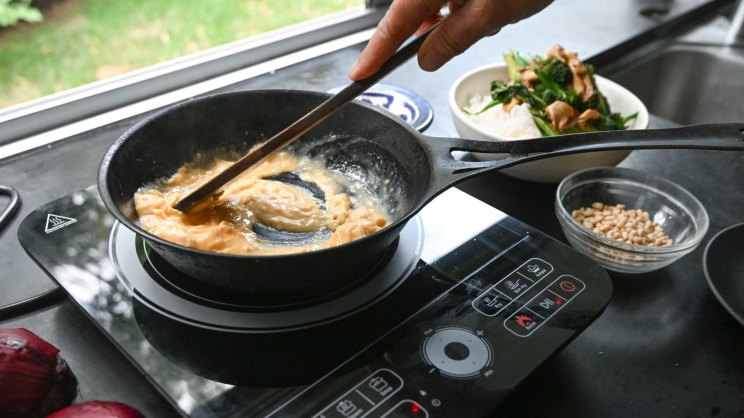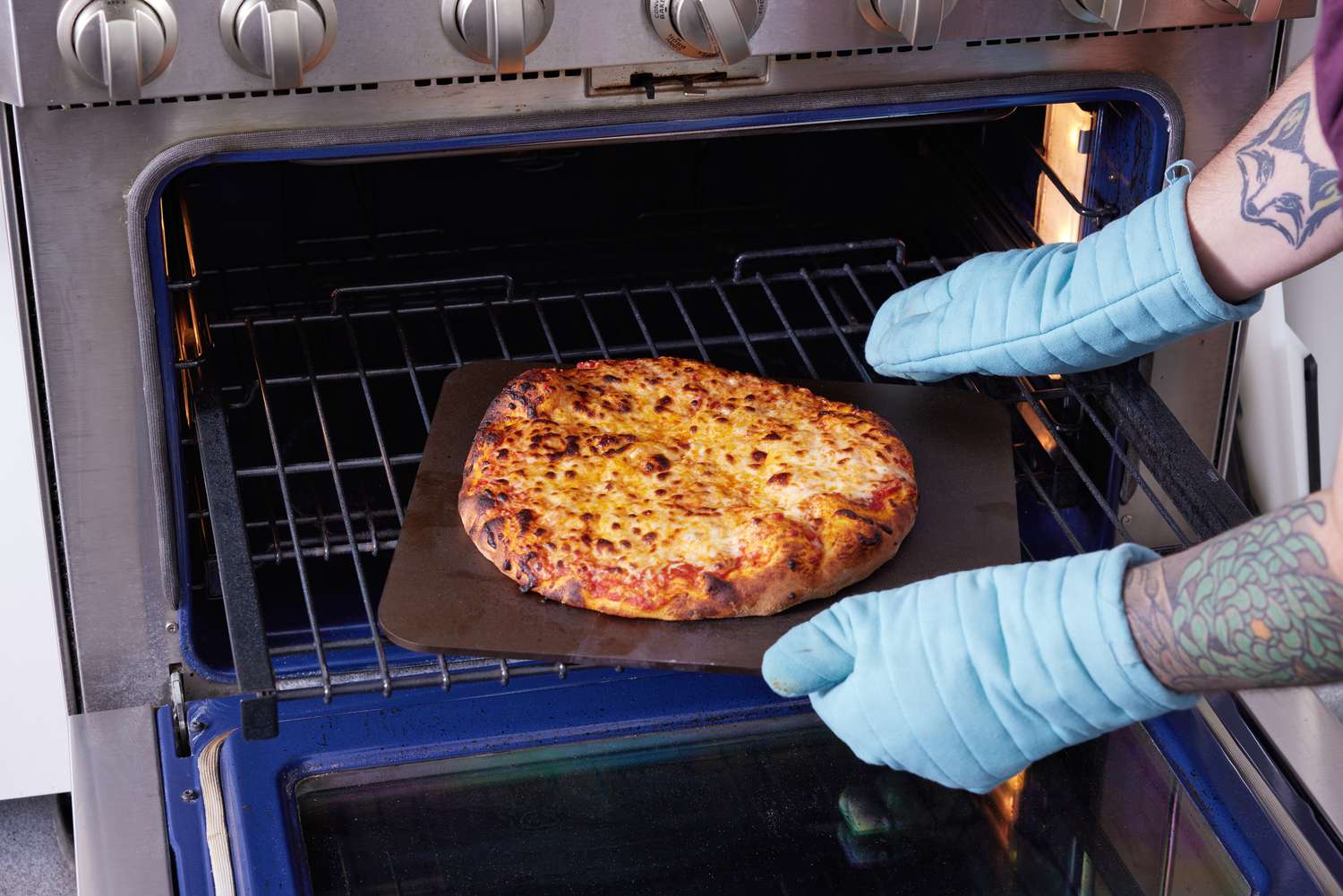For kitchen professionals who know the significance of choosing the right tools, the debate of stainless steel vs cast iron continues to intrigue. As anyone in the culinary arts can attest, the choice of materials can dramatically impact the cooking process, especially when it comes to grilling. Focusing on the versatility and functionality, it's essential to weigh the pros and cons of each to make an informed decision.

The Basics of Tripod Grills
Tripod grills have become a staple in outdoor cooking, praised for their portability and efficiency. These grills, set on three legs, offer stability and flexibility, making them ideal for diverse cooking environments. The primary materials used in these grills are stainless steel and cast iron, each offering unique characteristics.
Understanding Stainless Steel Tripod Grills
Stainless steel tripod grills are cherished for their lightweight nature and resistance to rust. This makes them particularly advantageous for kitchen professionals who need to move their equipment frequently or use them in humid environments. Stainless steel grills heat up quickly, ensuring efficiency in fast-paced settings.
While cleaning a stainless steel surface is usually straightforward, regular maintenance is key to preserving its sheen and functionality. Notably, stainless steel can cool down rapidly once the heat source is removed, which can be a plus or minus, depending on your cooking style.
The Case for Cast Iron Tripod Grills
Conversely, cast iron tripod grills are revered for their heat retention capabilities. Once heated, cast iron maintains a steady temperature, providing consistent cooking results essential for dishes requiring precise grilling conditions. It's preferred when grilling meats like those used in a cast iron venison backstrap.
However, the robust nature of cast iron comes with added weight, making it less portable than its stainless steel counterpart. This is a factor to consider for outdoor events or scenarios where transport is frequent. Maintaining cast iron with regular seasoning prevents rust and extends its life, a crucial consideration for professional chefs.
Comparative Analysis of Stainless Steel and Cast Iron
When comparing stainless steel and cast iron tripod grills, the choice boils down to the intended use. Those who prioritize mobility might lean towards stainless steel, while those looking for constant and even heat may prefer cast iron. Both materials are durable, yet their performance under different conditions varies significantly.
Moreover, the inclusion of additional features like lantern hangers or rotisserie options in certain tripod grills could influence your decision. These offer more flexibility for wide-ranging culinary experiences, tailored to the diverse needs faced by kitchen professionals.
Making the Right Choice
Ultimately, whether to opt for stainless steel or cast iron depends on your specific grilling needs and cooking environment. Kitchen professionals must assess factors such as grill weight, heat retention, and maintenance requirements to make the best choice. Further exploration into the specifics of grill construction can offer deeper insights into the material benefits.
For those who embrace outdoor cooking's adventurous spirit, tripod grills represent a perfect blend of tradition and modern utility. Whether you opt for stainless steel's sleek resilience or cast iron's hearty durability, each choice brings its flavor, quite literally, to your culinary expertise.

FAQ
- What are the main differences in heat retention between stainless steel and cast iron? Cast iron retains heat longer, making it ideal for dishes that require consistent temperatures. Stainless steel heats quickly but cools fast once the heat source is removed.
- Which material is easier to maintain? Stainless steel requires less maintenance and is easier to clean, while cast iron requires regular seasoning to prevent rust.
- Are there any specific dishes better suited for a particular type of tripod grill? Hearty meats and dishes with longer cooking times benefit from cast iron's consistency, while quick cooking and portability favor stainless steel.
For more detailed insights into culinary tools, you can visit the The Kitchn blog, which provides a wealth of information for both amateur cooks and professionals alike.
This article contains affiliate links. We may earn a commission at no extra cost to you.






Leave a comment
This site is protected by hCaptcha and the hCaptcha Privacy Policy and Terms of Service apply.